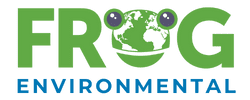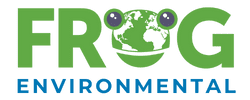Frog Environmental specializes in Storm Water Consulting, helping businesses stay compliant with evolving Environmental, Health, and Safety regulations through expert guidance, tailored solutions, and long-term site support.
Storm Water Pollution Prevention Plan (SWPPP) Services
At Frog Environmental, we specialize in developing fully compliant California Storm Water Pollution Prevention Plans (SWPPPs) for industrial facilities across the state. Whether you're starting fresh or updating an outdated plan, our team ensures your site aligns with the California State Water Resources Control Board (SWRCB) Industrial General Permit (IGP) 2014-0057-DWQ and the latest TMDL regulations.
Our SWPPP process begins with a comprehensive site walk conducted by a certified QISP (Qualified Industrial Stormwater Practitioner). During this inspection, we:
- Evaluate your site layout and operations
- Identify potential pollutant sources
- Recommend cost-effective Best Management Practices (BMPs)
- Establish storm water outfalls and sampling points
- Create a facility diagram, pollutant flow diagram, and a Monitoring Implementation Plan (MIP)
Each SWPPP is site-specific, clearly written, and designed to not only meet compliance—but help you achieve cleaner storm water results.
Need to update your plan? We also revise existing SWPPPs to ensure compliance with the 2018 IGP Amendments and any new regulatory requirements.
Reach out to us today for California storm water consulting and expert SWPPP development that keeps your facility compliant and protected.
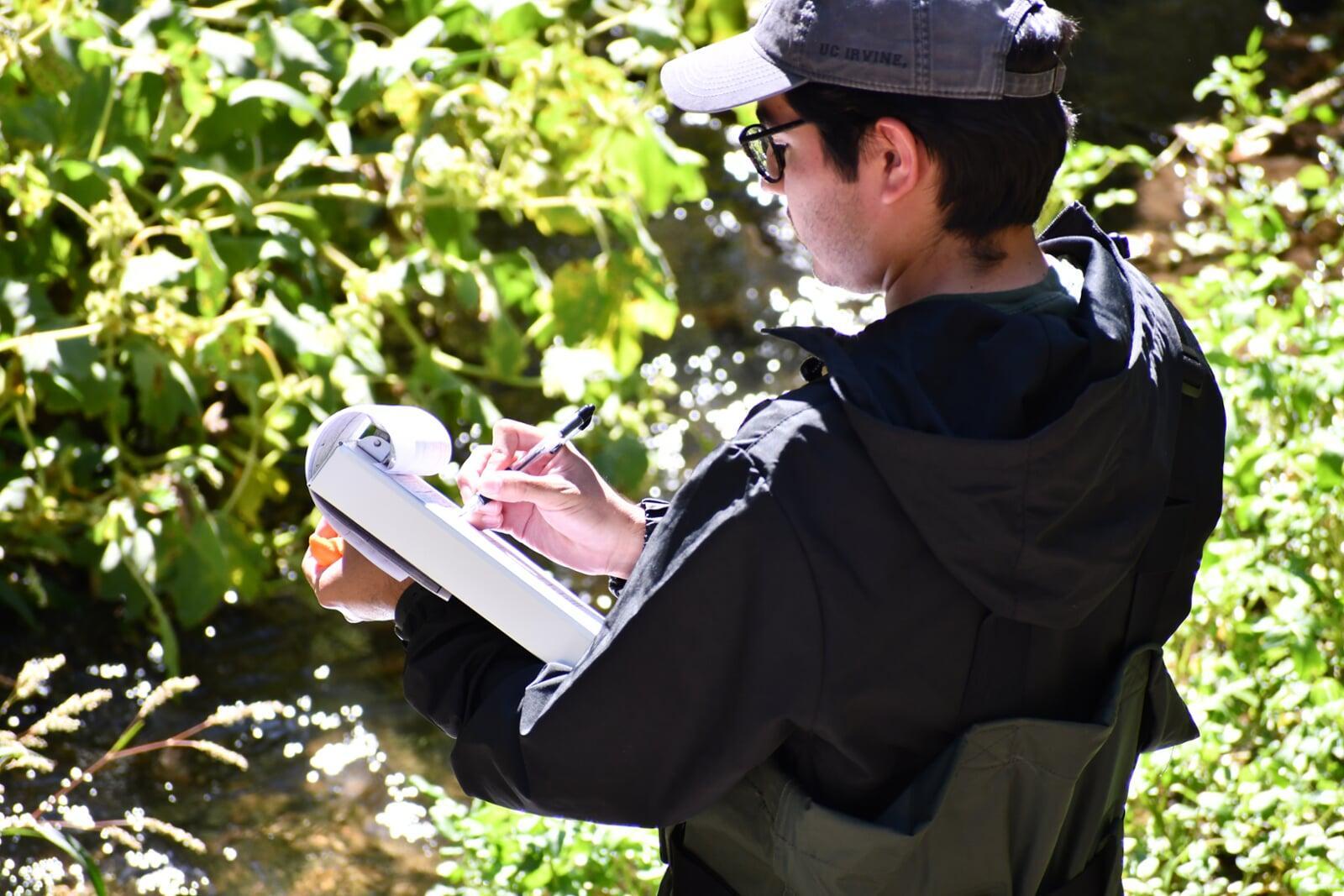
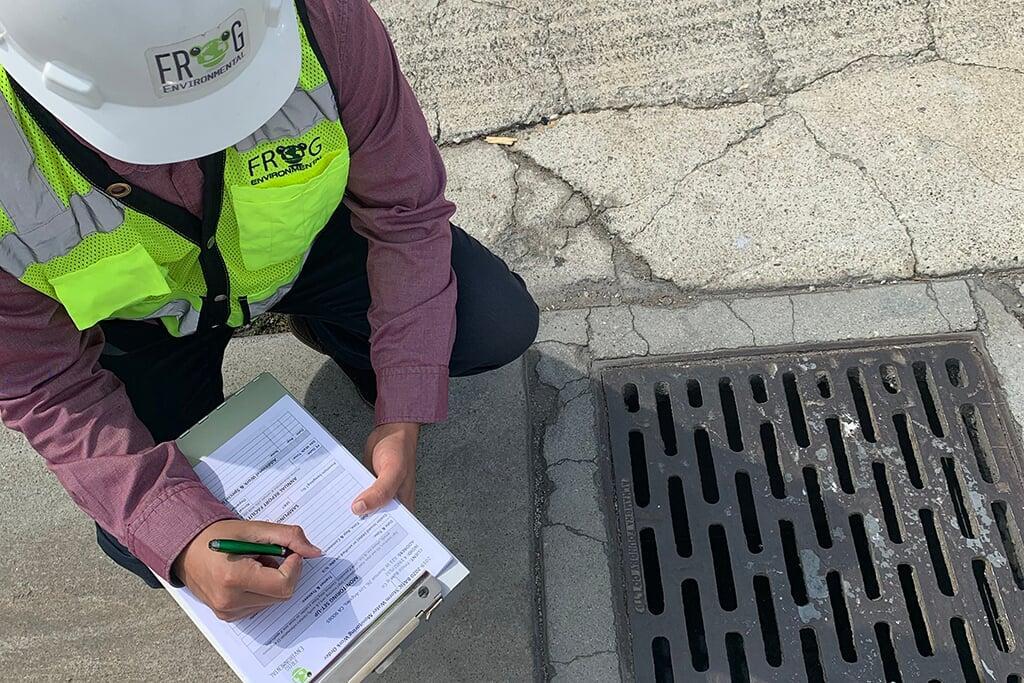
California Storm Water Monitoring Services for Industrial Facilities
If your business falls under the California Industrial General Permit (IGP), storm water monitoring is not optional—it's required. Frog Environmental provides comprehensive storm water monitoring services designed to help industrial facilities meet California storm water permit requirements with ease and efficiency.
We provide complete storm water monitoring services, including:
- Customized Monitoring Plans with all required documentation
– Monthly Visual Observation Forms
– Sampling Event Visual Observation Forms - Lab Coordination to ensure samples are taken correctly
– Quality control before sending and after receiving results from lab
– Uploading results to SMARTS for certification
- On-Site Support including records review, general compliance checks, with up to four site visits per year.
- Staff Training in BMP implementation, sampling protocols, and record-keeping best practices.
- Real-Time Rain Event Alerts delivered via email to help you prepare in advance.
- Annual Report Preparation comprising of a site walk to perform the necessary inspection, compiling the Annual Report, and uploading it to SMARTS for certification.
Exceedance Response Action (ERA) Reporting Services
Under California's Industrial General Permit (IGP) the Exceedance Response Actions (ERAs) are part of the system used to monitor and respond to pollution in storm water runoff from industrial facilities. The Level 1 and Level 2 ERA process is triggered when a facility’s storm water discharge exceeds certain water quality benchmarks.
Triggered when:
A facility exceeds a Numeric Action Level (NAL) for one or more pollutants in a reporting year.
Required Actions:
- Conduct a Level 1 ERA Evaluation by a Qualified Industrial Storm Water Practitioner (QISP).
- Identify the possible sources of the exceedance.
- Evaluate existing Best Management Practices (BMPs).
- Recommend and implement additional BMPs or improvements to reduce pollutant levels.
- Submit a Level 1 ERA Report by October 1 of the year following the exceedance.
Goal:
Bring the facility back into compliance and avoid further exceedances.
Triggered when:
A facility that has already gone through Level 1 still exceeds NALs for the same parameter(s) in a subsequent reporting year.
Level 2 ERA Action Plan:
- Due January 1 of the year following the second exceedance.
- Details structural or treatment BMPs, process changes, or other upgrades to address persistent issues.
An in-depth technical assessment by a QISP or licensed professional engineer depending on the solution.
Triggered when:
A facility that has already gone through Level 1 still exceeds NALs for the same parameter(s) in a subsequent reporting year.
Level 2 ERA Technical Report:
- Due December 1 of the same year.
- Includes effectiveness monitoring and demonstration of BMP performance.
Requires:
An in-depth technical assessment by a QISP or licensed professional engineer depending on the solution.
Important Notes
- Exceedances are based on Annual Average Concentrations of pollutants.
- Certain parameters (e.g., pH, TSS, oil & grease, heavy metals) have specific NAL thresholds.
- Facilities can return to baseline status after demonstrating consistent compliance.
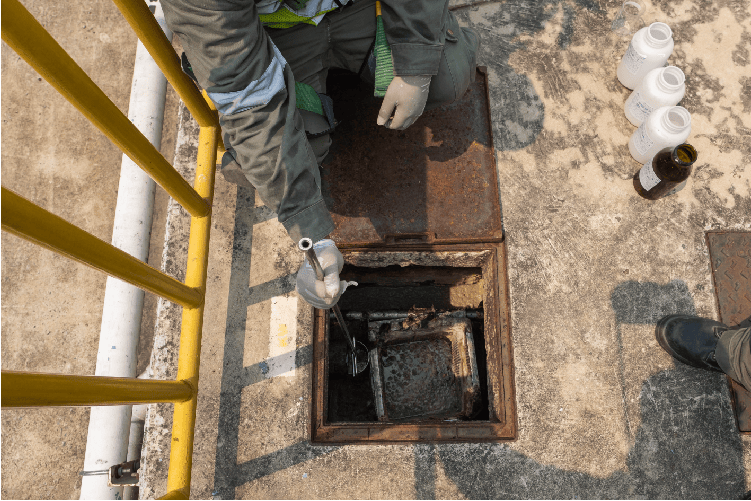
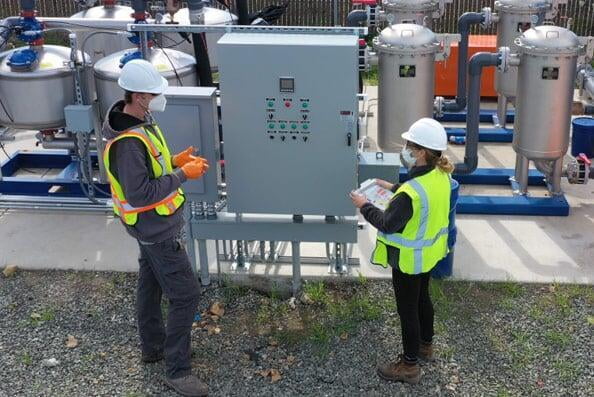
Best Management Practices (BMP) Assessment for Storm Water Compliance
Ensure IGP Compliance with Effective BMP Strategies
Under the California Industrial General Permit (IGP), both Minimum and Advanced Best Management Practices (BMPs) are required to reduce pollutants in storm water discharge and maintain regulatory compliance.
At Frog Environmental, we specialize in site-specific storm water BMPs that help prevent exceedances and improve sampling results.
Our BMP Assessment Services Include:
- A comprehensive site evaluation to identify appropriate BMPs for short and long term needs
- Planning and design of customized BMP programs
- Implementation support for effective pollutant control
- Ongoing oversight to ensure long-term compliance and performance
With decades of experience across a wide range of industrial sectors, Frog provides expert guidance to ensure your BMPs align with IGP requirements and environmental best practices.
Need help with your storm water BMPs? Contact us for a site-specific BMP assessment today.
